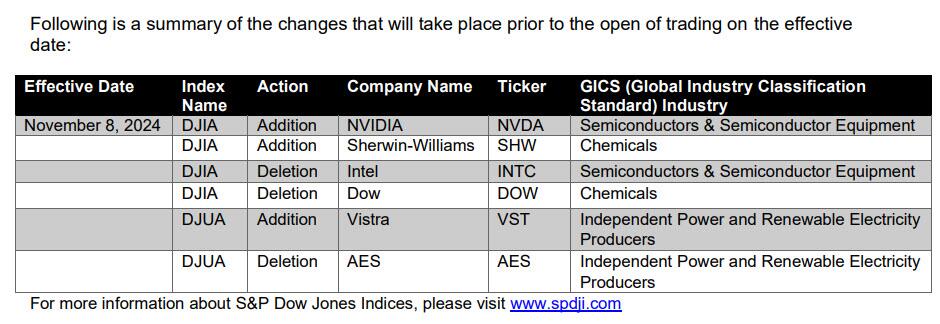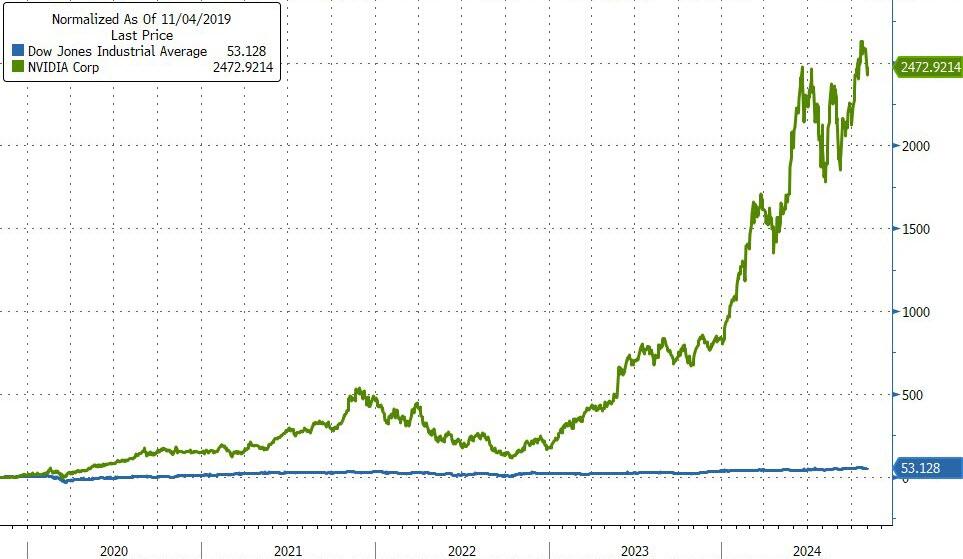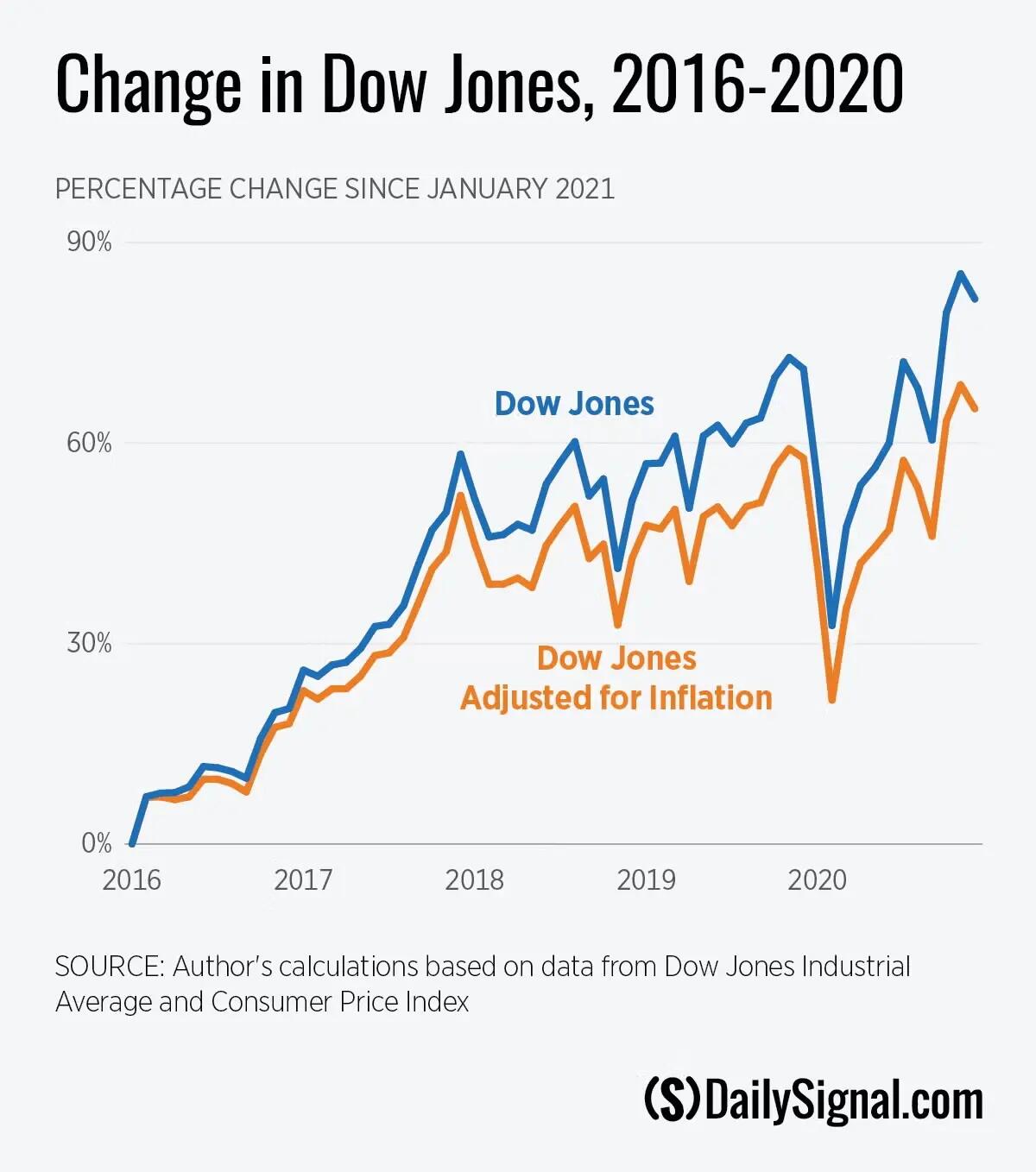A progressive group funded by anti-Trump billionaire Reid Hoffman and other Democratic heavyweights is behind a rash of misleading text messages stoking concerns about voter suppression across the country, a Washington Free Beacon investigation has found.
AllVote, a low-profile super PAC launched this summer, has sent false information via text message to voters in Pennsylvania, Arizona, Georgia, and other states about their voting status, CNN, the Philadelphia Inquirer, and other outlets reported this week. Some messages inform voters who have already gone to the polls that they have yet to cast their ballots. Others have been provided inaccurate information about their polling places or drop-box locations.
The Illinois Statewide Terrorism & Intelligence Center said AllVote was behind "confusing text messages" about the election. Officials in McLean County, Ill., said voters were worried that their votes "hadn't counted" after receiving text messages stating that they had not cast their ballots.
An official in the New Mexico secretary of state's office, which fielded complaints about AllVote messages, said last week the mass texts were "something that the feds really need to look at and crack down on."
Beyond legal concerns about AllVote, its antics have stoked interest in its financial backers. While AllVote has gone to extensive lengths to mask its employees and donors, the Free Beacon can trace it back to the group Rapid Resist Action, formed in 2017 by Obama administration official Yoni Landau.
The key clue, the Free Beacon found, is a legal disclaimer at AllVote's website that redirects to a Rapid Resist Action web address.
While Rapid Resist Action does not disclose its donors, Hoffman's tax filings show he gave $484,000 to Rapid Resist Action through his nonprofit American Future Republic in 2022 and $180,000 to the group through another charity, Patriotic Republic, in 2021. Hoffman, a former associate of pedophile Jeffrey Epstein, has been linked to other Democratic misinformation controversies.
In 2017, Hoffman funded a technology firm that created fake online personas to dissuade conservatives from voting in Alabama's special election for Senate. Hoffman apologized after the scheme was uncovered the following year and claimed he had no knowledge of the tech firm's activities.
James McClave, a cryptocurrency investor who has emerged as a major Democratic party donor, gave $500,000 to Rapid Resist Action in 2022 through his charity, BEMC 4 Association. The donation was earmarked for a text messaging project from Movement Labs, an affiliate of Rapid Resist Action.
Rapid Resist Action has received five- and six-figure donations from the American Federation of State, City, County, and Municipal Employees, a major labor union, and the Sixteen Thirty Fund, the Democratic dark-money juggernaut. America Votes, a premier Democratic voter drive group, gave $250,000 to Rapid Resist Action last year.
It is unclear who has contributed to Rapid Resist Action this year, and if Hoffman, McClave, or any other donors are aware of the controversial AllVote operation. They did not respond to requests for comment.
A spokesman for AllVote declined to comment on the group's donors but said that the text messages went only to progressive voters and that AllVote and its related groups are "PACs engaging in commonplace voter contact work."
But it's not the first time that Landau, the proprietor of Rapid Resist Action and AllVote, have been involved in deceptive campaign tactics.
In 2022, the year in which Hoffman's nonprofit gave $484,000 to Rapid Resist Action, Landau apologized after one of his initiatives, Voting Futures Trust, was flagged for text messages to voters in New Jersey, Kansas, North Carolina, and other states that gave inaccurate drop-box location data. "We take full responsibility for these mistakes and have issued correction texts," Landau said, according to the New Jersey Globe.
In 2020, another Landau group sent misleading text messages to voters in Arizona, who reported they were falsely told they were ineligible to vote by mail.
"I was confused at first. I've been doing early voting for many years so I was shocked by the text," said a woman who received a text message. "I was also worried after seeing the link in the text that someone was trying to fish for information and trying to make it so my vote didn't count."
Earlier this year, a Landau operation called VoteWin sent messages to voters, falsely claiming they had not registered to vote.
"I'm deeply sorry for anyone that may have gotten the message in error, who is registered to vote, and we're looking into our content now to see if there are any variations that might be less certain but still as effective in generating new legal registrations," Landau told the cybersecurity publication Krebs on Security.
AllVote is part of a complex network of nonprofits and super PACs overseen by Landau, who directs the operation from his firm, Movement Labs, which uses "technology and experimentation to stop fascism and build progressive power." Landau has said his firm "has a lot more flexibility" than mainstream Democratic groups "to try new things and see what works."
"If the DNC or a state party tries something new and gets it wrong, there can be real negative consequences for the career of the person who made the decision," Landau said in 2022.
Rapid Resist Action has contributed to dozens of super PACs in recent months, all of which list the same treasurer on campaign documents. The treasurer, a progressive consultant named Howie Stanger, is also listed as treasurer for AllVote, VoteWin, and another newly formed super PAC, Did They Vote. Stanger, who formerly served as an executive with the anti-Israel activist group IfNotNow, is now the treasurer for Democratic Missouri Senate candidate Lucas Kunce, according to campaign filings.
Millions of dollars from Rapid Resist Action have flowed to another super PAC involved in controversial campaign tactics.
Thirteen super PACs funded solely by Rapid Resist Action have given $120,000 apiece to Voters of These 50 States of America, another super PAC registered to Stanger. Voters of These 50 States of America disclosed earlier this week that it spent $1.4 million on ads supporting Libertarian presidential candidate Chase Oliver in Michigan, part of a scheme to pull conservative votes away from Donald Trump in a key battleground state.
Voters of These 50 States of America has received $2 million from Evidence for Impact, a dark money group incorporated by the law firm of Harris campaign attorney Marc Elias, the Free Beacon reported.
Evidence for Impact is the sole funder of another super PAC, Civic Truth Action, that has spent nearly $2.5 million on mail parcels in support of anti-abortion activist Randall Terry, another ploy to pull votes from Trump.
Landau also oversees Contest Every Race, an initiative to recruit Democrats to run for office in rural and suburban areas. Minnesota attorney general Keith Ellison (D.) serves on the advisory board of Contest Every Race, along with J.B. Poersch, the president of Senate Majority PAC, the super PAC controlled by Senate majority leader Chuck Schumer (D., N.Y.).
Landau, Movement Labs, and Stanger did not respond to requests for comment. Hoffman and McClave, the Rapid Resist Action donors, did not respond to comment requests.
https://freebeacon.com/elections/something-that-the-feds-really-need-to-look-at-liberal-dark-money-network-sends-inaccurate-election-texts-to-voters-across-us/












